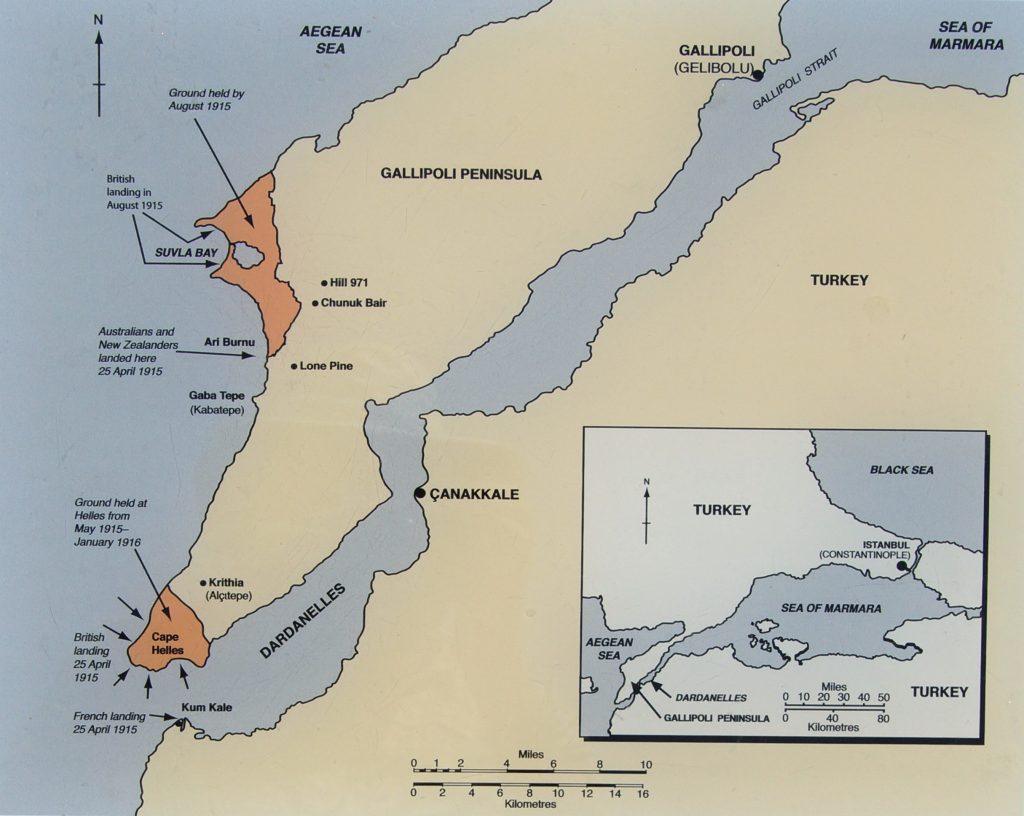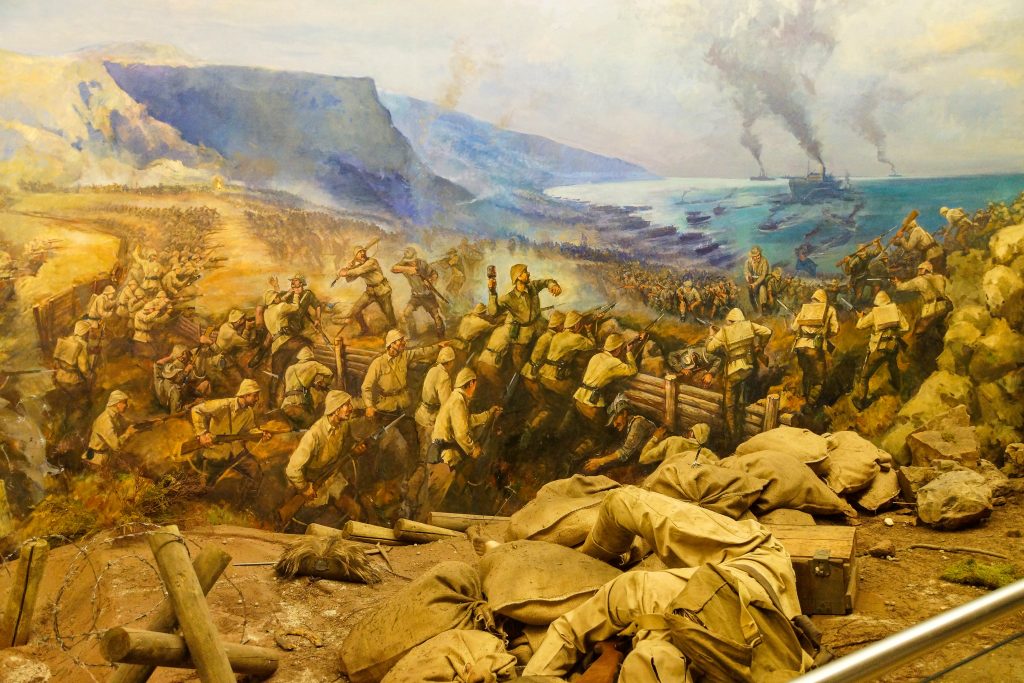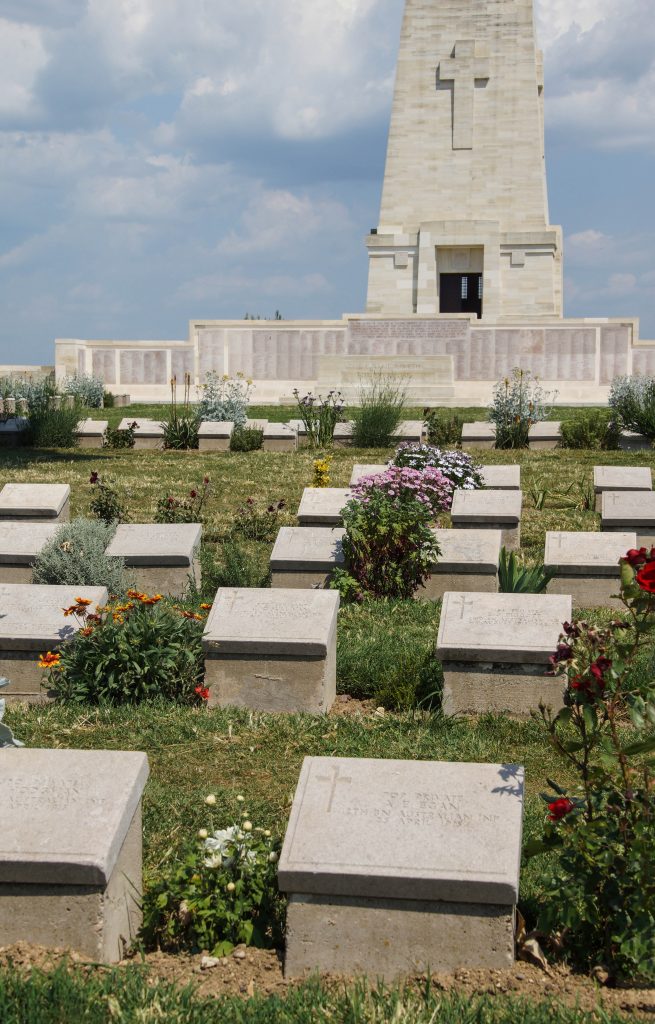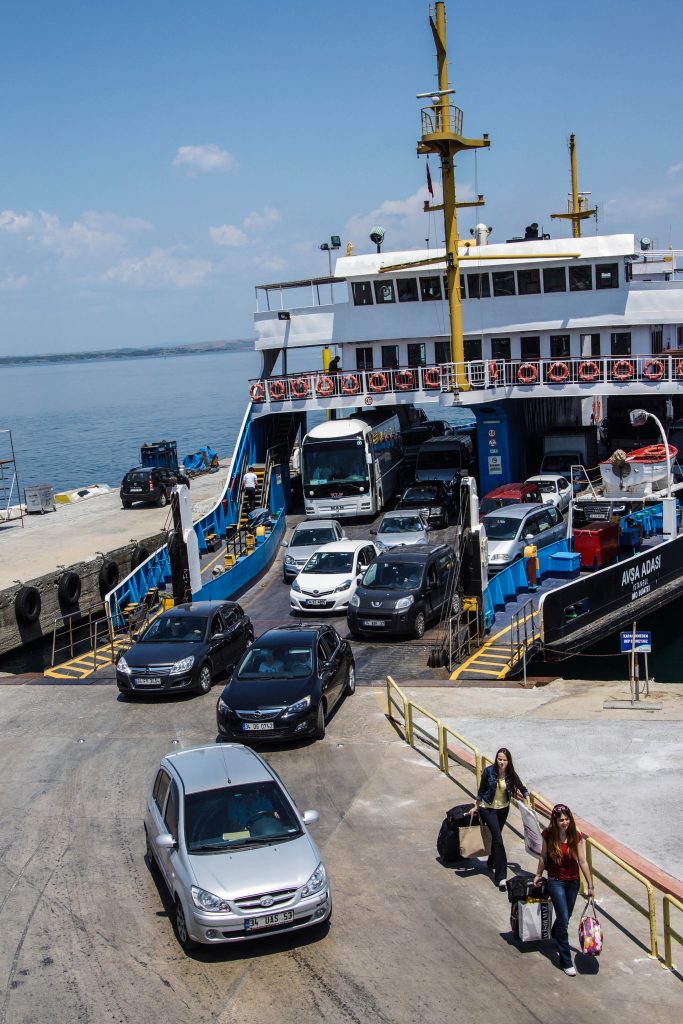
In 1915, Winston Churchill, then 1st Lord of the Admiralty, promoted an invasion of ‘Byzantium’ by way of the Dardanelles, with a joint amphibious and naval force speeding up to the Bosphorus to capture Istanbul . His aim was to cut German supply lines to the Middle East, while knocking Turkey out of the war. Nothing went as planned — bad luck, inept and even cowardly commanders had already doomed the ANZAC forces when a young officer named Mustafa Kemal (later known as Ataturk) led the counterattack that trapped the Allies on their tiny beachhead spread along the narrow peninsula.

The straits were mined by the Turks to prevent Allied ships from penetrating them and after one ship was sunk, the Allied navy stalled, losing strategic momentum. In early 1916, after 10 months of desperate trench warfare and more than 200,000 casualties, the Allies withdrew.
Highlights of the Gallipoli battlefield include:
ANZAC Cove is one of the small inlets on the north side of the peninsula. Well known during and after the World War Ibecause ANZAC (Australian and New Zealand Army Corps) landed here on April 25th 1915. ANZAC cove is nearly 600m long. ANZAC Cove beach became the main supply for the Australian and New Zealand troops for the eight months of the battle.
Lone Pine is a strategically important plateau to the south of ANZAC Cove. Australians attacked here between 6-10 August in 1915 against the Sari Bair peaks of Chunuk Bair and Hill 971. The Lone Pine battlefield, named for a solitary Turkish Pine that stood there at the beginning of the war, is near the center of the eastern line of the ANZAC trenches.

Chunuk Bair is an important point of the Sari Bair range in the battlefield. Here Turkish defenders and troops of New Zealand and Britain battled in August 1915. The attackers captured the Chunuk Bair, “Canak Bayiri” (Basin Slope) in Turkish, also between 6-10 August. This main ANZAC offensive of early August 1915 tried to break out of the stalemate. And but their attempt was repelled by the staunch defense of Mustafa Kemal (aka ‘Ataturk’)

Today the Gallipoli battlefield is a national park, and reconstructed trenches display how intense the fighting was. Peaceful yet somber cemeteries honor the dead of former opponents. At Ari Burnu Memorial is carved a memorial stone:
Those heroes who shed their blood and lost their lives! You are now lying in the soil of a friendly country. Therefore rest in peace. There is no difference between the Johnnies and Mehmets to us where they lie side by side here in this country of ours. You, the mothers, who sent their sons from far away countries wipe away your tears; your sons are now lying in our bosom and are in peace. After having lost their lives on this land they have become our sons as well.
— Atatürk, 1934

From my journal on a previous trip:
While waiting in the van for the ‘feribot’, a succession of merchants approaches. Each makes a brief presentation at the open door, then steps aside to let the next guy (they were all guys) have a try. Silk carpets for just $15! T-shirts for $3, silver jewelry! Resisting these bargains we drove onto the ferry when it lowered the ramp, and the merchants followed us aboard to continue the negotiations.
Beautiful day, clear blue skies, great views of the Dardanelles and the tanker traffic as we ferry across to the Gallipoli peninsula from Canakkale. The main threat now is from forest fire, which has destroyed much of the wooded area. Unsupervised recovery subjects the hills to impenetrable brush and brambles. So today, the views are broader than would have been the case during the battles in 1915.

At the Gallipoli Museum, we join busloads of schoolkids on holiday. We meet a group from Samsun, exchanging picture taking. We encounter them several times later as we tour – each time to renewing friendship – handshakes and smiles disrupting teachers’ plans. Hike down from Conkbayit, the main Turkish lines to Lone Pine, the highwater mark of Australian assault. They reached this ridge on the first day, but never any farther.
We hike about 5 km, sometimes in restored trenches, sometimes on the trails or isolated roads. At the shore of Anzac Cove, we enjoy a great lunch we bought at a supermarket before the ferry – 3 kinds of cheese, various breads, tomatoes, cucumbers, peppers, Antep ezme (thick, spicy chile paste) and a couscous – bulgar- mint meze finished with ayran (a yogurt drink).
After lunch we briefly explored other sites by van. Around 3 pm we’re back in Canakkale, and brief stop at the German cannon emplacement that dominated the straits. Once able to prevent Allied shipping from traversing to the Black Sea, now they can’t hold off swarms of kids using them as a playground.
Back at the hotel just before 6, in time for a swim – then watched the swallows swooping to skim water from the pool. Some flyers are quite accomplished, barely making a ripple, others clumsily hit the surface breast first and have to quickly flutter off to avoid a total dunk. At one point, a dozen birds were swooping and splashing over the pool.
You can do Gallipoli and Troy as a long day trip
from Istanbul, but it’s much more rewarding to take several days. You can then also visit Pergamum. There are good hotels for your base in Canakkale with convenient ferry connections.
Cascoly reviews the best books about World War I [1914-1918]